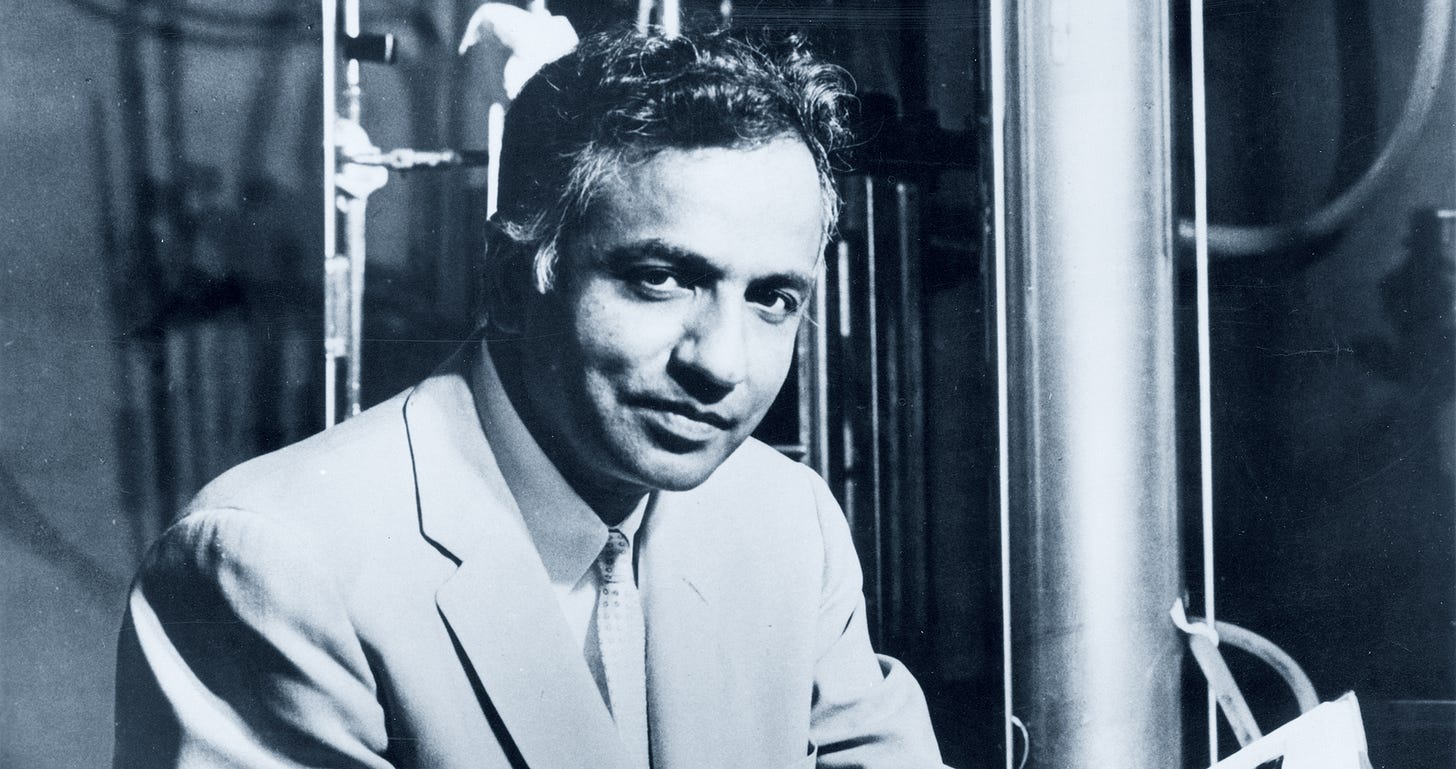Celebrating 25 Years of "Chandra": Observing the Universe with X-Ray Vision
NASA's Space Satellite Observatory Dedicated to the India-born American Nobel laureate and astrophysicist Subrahmanyan Chandrasekhar.
Celebrating 25 Years of “Chandra”: The Indian Icon in the Sky
As the Chandra X-ray satellite Observatory marks its 25th anniversary, we take a look at the incredible journey and achievements of NASA's flagship X-ray telescope. Named after the Indian American Nobel laureate and astrophysicist Subrahmanyan Chandrasekhar, Chandra has expanded our understanding of the cosmos through its unique X-ray vision.
Overview of Chandra's Mission
Launched on July 23, 1999, the Chandra X-ray Observatory has become the world's most powerful X-ray telescope, offering astronomers a unique lens through which to observe high-energy regions of the universe. To commemorate its 25th anniversary, NASA unveiled 25 previously unreleased images that showcase the breadth and depth of Chandra's capabilities. While the observatory is named after Indian-born astrophysicist Subrahmanyan Chandrasekhar, who made fundamental contributions to the understanding of stellar evolution, our preliminary research did not reveal any significant mentions of anniversary events organized by ISRO, academic institutions, or officially by the Government of India.
Key Discoveries and Accomplishments
Over the past quarter-century, Chandra has contributed significantly to our knowledge of the cosmos:
Neutron Stars and Supernova Remnants: Chandra identified a point source of X-rays at the centre of the Cassiopeia A supernova remnant, later confirmed to be a neutron star. This discovery also provided evidence for a superfluid core within the star.
Elemental Distribution: The observatory has been instrumental in studying how elements are distributed across supernova remnants, enhancing our understanding of stellar explosions.
Black Holes and Galactic Centers: Observations include supermassive black holes in galaxy centres, including our own Milky Way, and the remarkable detection of X-rays mere miles from a black hole's event horizon.
Dark Matter: Chandra's observations have been crucial in mapping the separation of dark and normal matter in colliding galaxy clusters, providing robust evidence for the existence of dark matter.
These findings have been foundational, leading to over 10,000 scientific papers and supporting thousands of research careers.
Chandra's Unique Orbit
One of Chandra's key advantages is its highly elliptical orbit, which ranges from 16,000 km to 133,000 km above Earth. This orbit, taking approximately 64 hours and 18 minutes to complete, allows the telescope to spend about 85% of its time above the Van Allen radiation belts. The positioning enables up to 55 hours of uninterrupted X-ray observations, free from the interference of Earth's X-ray-absorbing atmosphere.
Formative Years of a Nobel Laureate
Subrahmanyan Chandrasekhar was born into a Tamil family on October 19, 1910, in Lahore, British India, which is now part of Pakistan. As the first son and third of ten children, his early life was shaped by his family's emphasis on education. His father, Chandrasekhara Subrahmanya Ayyar, worked as an officer in the Indian Audits and Accounts Department, and his mother, Sita Balakrishnan, was a well-educated woman who notably translated Henrik Ibsen’s "A Doll's House" into Tamil. This culturally rich and intellectually stimulating environment set the stage for his later academic pursuits.

Academic Journey and Stellar Contributions
Chandrasekhar was homeschooled until the age of 12, after which he attended Hindu High School in Triplicane, Madras, until 1925. He excelled in his studies and went on to earn a B.Sc. (Honors) in physics from Presidency College at the University of Madras in 1930. His outstanding academic record earned him a Government of India scholarship to pursue graduate studies at Trinity College, University of Cambridge, where he received his Ph.D. in 1933. Chandrasekhar’s groundbreaking research during his career included the development of the “Chandrasekhar Limit”, the maximum mass of a white dwarf star1, which profoundly influenced the understanding of stellar evolution, leading to his Nobel Prize in Physics in 1983.
The Legacy and Future of Chandra
As Chandra enters its next quarter-century, its legacy of breakthroughs in understanding the life cycles of stars, the dynamics of black holes, and the properties of dark matter continues to influence the field of astrophysics. With its unique capabilities, Chandra remains an unparalleled tool for exploring the high-energy universe, promising more discoveries as it helps us decipher the mysteries of the cosmos.
Anniversary Ignored in India
Through these monumental achievements, Chandra not only honours the legacy of Subrahmanyan Chandrasekhar but also continues to inspire a new generation of astronomers and scientists dedicated to unveiling the secrets of our universe. Want to view it in real-time? Click here. We hope this modest article captures the attention of our parliamentarians, so that the nation can pay fitting homage to the talented son of India who unravelled some of the universe's greatest mysteries.
It is equal to 1.44 solar masses. Stars with a final mass less than about 1.44 solar masses (the Chandrasekhar limit) will become white dwarfs.





